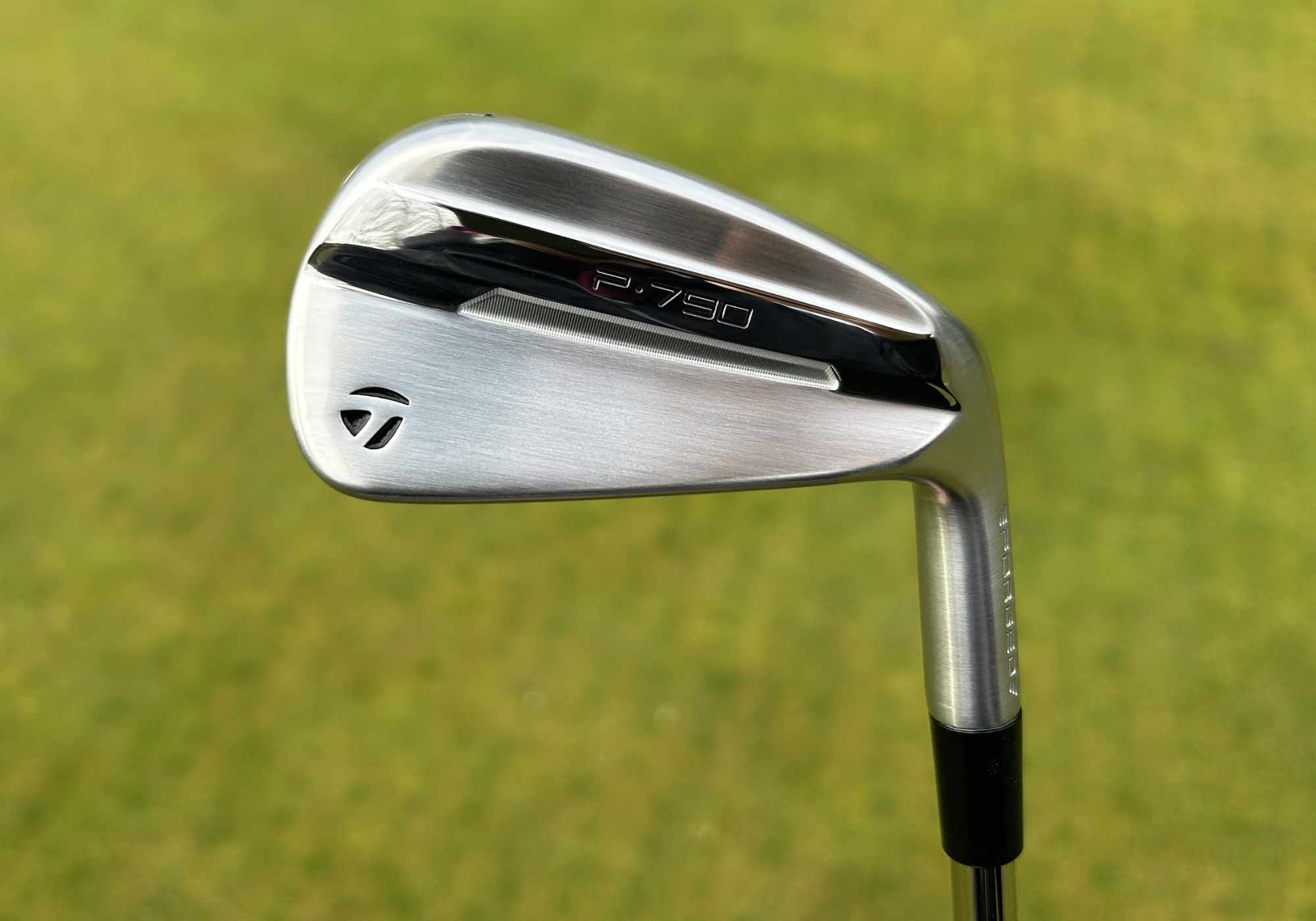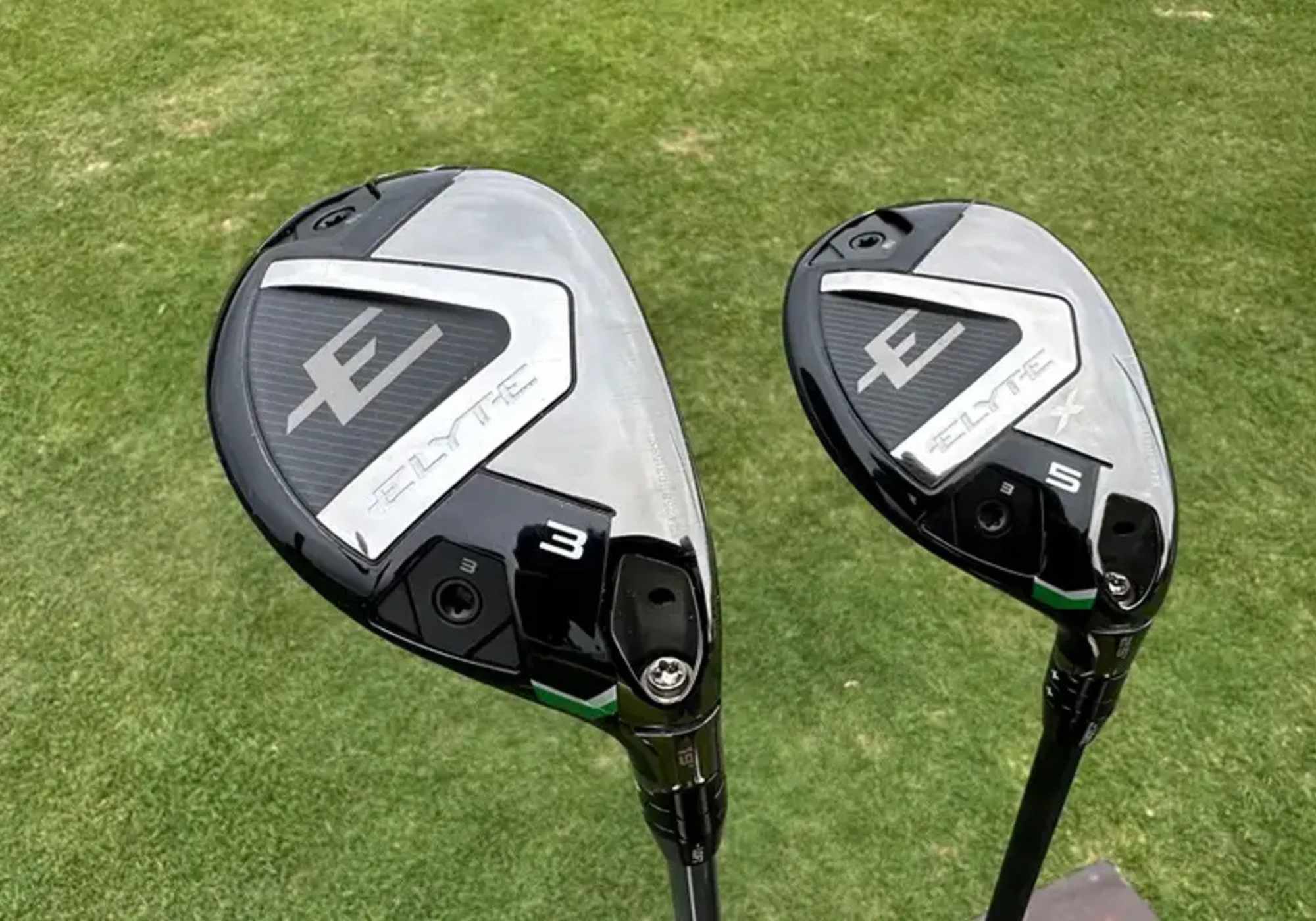Every golfer has faced the question: Do I pull the hybrid or the long iron? Whether you’re staring down a tight tee shot, a long par 3, or trying to escape from the rough, your decision can shape the hole—and your score.
Hybrids and long irons both have a place in the bag. But understanding their strengths (and your own game) is what leads to better shots and lower scores. Let’s break down the differences and when each club deserves the call.
Hybrids: The Modern Golfer’s Utility Club
Hybrids exist to make the game easier. They launch the ball higher, are more forgiving on mishits, and help get through tougher lies more cleanly than most long irons. For many players—especially those who don’t strike their 3- or 4-iron consistently—hybrids are simply a better option.
If you’re facing a tight fairway, a tricky lie, or a long carry, the hybrid’s design gives you a safety net. The wider sole and lower center of gravity help lift the ball even when your swing isn’t perfect.
Irons: Precision and Penetration

Long irons (think 3, 4, or even 5-iron) are still valuable for certain shot types. If you’re trying to flight the ball down in the wind, keep it under tree branches, or run it up onto a firm green, irons can be the better choice. They offer more control over trajectory and shot shape—if you have the ability to execute.
That said, they demand more precision. Clean contact is essential. The margin for error is smaller, especially from uneven lies or thicker grass.
When to Choose Each
Off the Tee on Tight Holes

A hybrid is often the go-to on narrow par 4s or par 3s when accuracy outweighs distance. It’s easier to hit high and straight, and more forgiving when you miss the center. For many golfers, it also carries farther than the equivalent iron with better consistency.
That said, if you’re comfortable with a long iron and need to flight the ball down—like into the wind—it may be the smarter pick. Just remember: hybrids can also be teed low and swung with a more “sweeping” motion, making them versatile off the tee.
From the Rough
This one leans heavily in favor of the hybrid. The wider sole and weight distribution help it glide through the grass instead of digging. Long irons tend to get tangled in thick rough, making it harder to get the ball airborne.
If the lie is really buried, neither may be perfect, but a hybrid gives you a better chance of getting the ball back in play or even advancing it a meaningful distance.
Long Par 3s or Second Shots Into Par 5s
Hybrids are excellent here. They launch higher and land softer—great for stopping the ball on the green instead of rolling through. Their forgiveness also matters more on longer approach shots where small mishits can be magnified.
However, if you’re hitting into the wind or want a low, running shot into a big green, the long iron gives you that punch.
What the Data Suggests

Golf performance analyst Lou Stagner (via Arccos data) has noted that hybrids tend to outperform long irons for most mid‑ to high‑handicap players, thanks to their ease of use and forgiveness. In one breakdown, Lou found that 10‑handicap players hitting a 3‑hybrid off the tee on a simulated tight par‑4 found the fairway 65.6% of the time, compared to just 52.3% with a driver, and with out-of-bounds drops falling to only 4.6%. That kind of improved accuracy leads directly to lower scores.
That doesn’t mean long irons are obsolete — they still offer control and workability. But for boosting consistency and accuracy, especially when you’re not flushing every shot, hybrids are often the smarter, more reliable choice.
How to Decide in the Moment
Ask yourself:
- What’s the lie like? Rough or bad angle = hybrid. Clean fairway = either.
- What ball flight do I need? High and soft = hybrid. Low and penetrating = iron.
- Am I confident with the club? That matters more than anything else.
Also: know your yardages. Many players have overlapping distances between a 4-hybrid and a 4-iron. If the hybrid is more consistent, let it take over.
Final Thoughts
You don’t need to choose between irons and hybrids permanently. The smart move is knowing when each one is the better tool.
For most golfers, the hybrid is the safer, more reliable choice in tough spots—especially off the tee on narrow holes or in the rough. But if you’ve got control, confidence, and a clean lie, the long iron still has its place.
So next time you’re standing over a shot wondering which club to pull, think beyond the number on the sole. Ask what the situation needs—and choose the club that gives you the best chance to execute.
